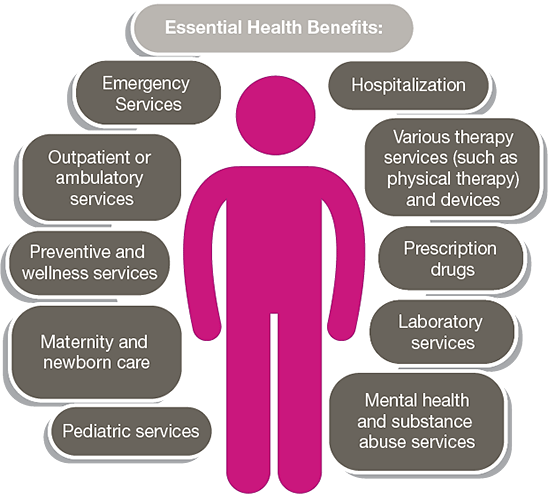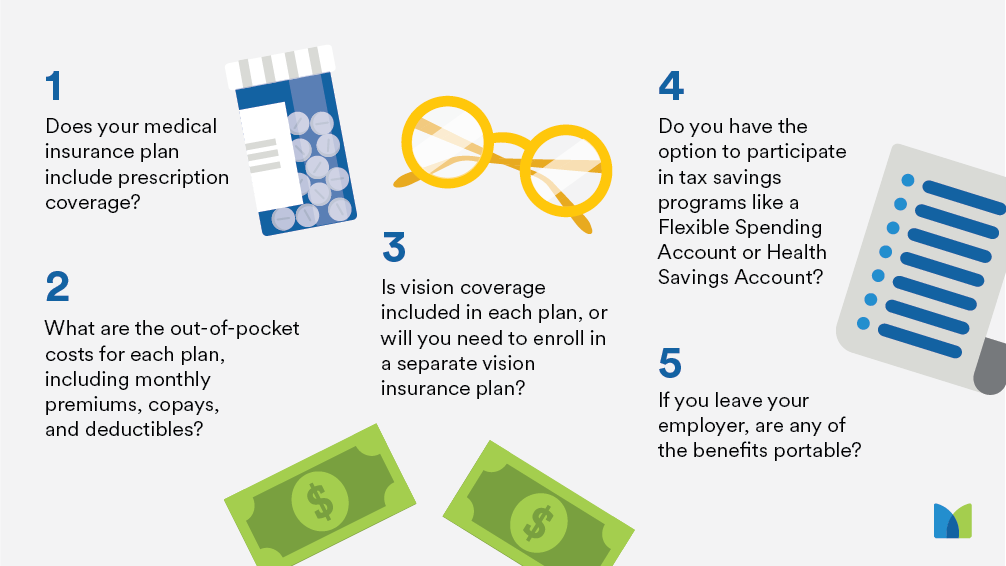8 Easy Facts About Medicare Advantage Agent Described
Table of ContentsGetting The Medicare Advantage Agent To WorkMedicare Advantage Agent Things To Know Before You Get ThisAbout Medicare Advantage Agent


follows from complies with the relatively young age profile of the uninsured with the better healthFar better health and wellness average, standard younger personsMore youthful For those without access to office health and wellness insurance coverage, inadequate health and wellness is a potential barrier to purchasing nongroup protection since such protection might be extremely priced, exclude preexisting problems, or be just unavailable. Unless or else noted, nationwide estimates of individuals without health and wellness insurance and proportions of the populace with various kinds of coverage are based on the CPS, the most commonly made use of source of quotes of insurance coverage and uninsurance prices.

The smart Trick of Medicare Advantage Agent That Nobody is Discussing
Over a three-year duration beginning early in 1993, 72 million people, 29 percent of the U.S. population, lacked protection for at the very least one month. Within a single year(1994), 53 million people experienced at the very least a month without protection(Bennefield, 1998a). Six out of every ten uninsured adults are themselves used. Although functioning does improve the possibility that a person and one's relative will certainly have insurance, it is not a guarantee. Also participants of families with 2 permanent wage income earners have virtually a one-in-ten chance of being uninsured (9.1 percent without insurance rate)(Hoffman and Pohl, 2000 ). The relationship between health and wellness insurance policy and access to care is well established, as documented later on in this phase. The partnership in between wellness insurance coverage and health and wellness results is neither straight neither basic, a considerable medical and wellness solutions study literature links health insurance coverage
to improved access to care, better qualityTop quality and improved personal and population populace health and wellnessStanding The second report, on individual health outcomes for without insurance grownups, is stood for by the innermost circle of the number, while the 3rd report, on family health, encompasses the topics of the 2nd report however emphasizes a various system of analysis, namely, the family. The 6th report in the series will certainly provide details concerning approaches and efforts taken on locally, statewide, or nationally to address the absence of insurance and its damaging effects. Levels of evaluation for analyzing the results of uninsurance. This conversation of health insurance protection focuses largely on the united state population under age 65 due to the fact that basically all Americans 65 and older have Medicare or various other public coverage.
It focuses especially on those without any type of health and wellness insurance for any kind of size of time. The issues encountered by the underinsured are in some aspects comparable to those dealt with by the uninsured, although they are typically less serious. Uninsurance and underinsurance, however, entail definitely different policy issues, and the strategies for addressing them might differ. Throughout this research study and the five records to comply with, the primary focus gets on individuals without health insurance coverage and hence no aid in spending for healthcare beyond what is available through charity and safety and security net organizations. Medical insurance is a powerful element impacting receipt of treatment because both patients and physicians react to the out-of-pocket cost of services. Medical insurance, however, is neither essential neither adequate to get access to clinical services. The independent and straight effect of health and wellness
insurance insurance policy on access accessibility health services is well establishedDeveloped Others will acquire the health and wellness care they require even without medical insurance, by paying for it expense or seeking it from carriers that provide treatment complimentary or at extremely subsidized prices. For still others, health and wellness insurance policy alone does not make sure receipt of treatment as a result of various my blog other nonfinancial obstacles, such as a lack of health and wellness treatment service providers in their area, limited access to transportation, illiteracy, or etymological and cultural differences. Official research study concerning without insurance populations in the USA dates to the late 1920s and very early pop over to this web-site 1930s when the Committee on the Expense of Treatment generated a series of records regarding financing medical professional office check outs and hospitalizations. This problem came to be prominent as the varieties of medically indigent climbed throughout the Great Clinical depression. Empirical studies continually support the web link between access to care and enhanced wellness outcomes(Bindman et al., 1995; Starfield, 1995 ). Having a normal source of treatment can be taken into consideration a predictor of accessibility, instead of a direct step of it, when health and wellness end results are themselves made use of as access indicators. This extension of the notion of gain access to dimension was made by the IOM Board on Monitoring Gain Access To to Personal Wellness Care Solutions(Millman, 1993, p. Whether or not moms and dads are guaranteed shows up to influence whether their children receive care as well as just how much careeven if the kids themselves have insurance coverage(Hanson, 1998). The health of moms and dads can influence their capacity to care for their youngsters and the degree of family members stress. Stressing over their children's accessibility to care is itself a resource of stress and anxiety for moms and dads. 3 chapters follow in this report. Phase 2 supplies an introduction of exactly how employment-based medical insurance, public programs and specific insurance coverage run and engage to supply comprehensive however insufficient insurance coverage of the united state population. This consists of an evaluation of historic patterns and public laws affecting both public and exclusive insurance, a conversation of the interactions among the various kinds of insurance coverage, and an assessment of why individuals relocate from one program to one more or finish up
